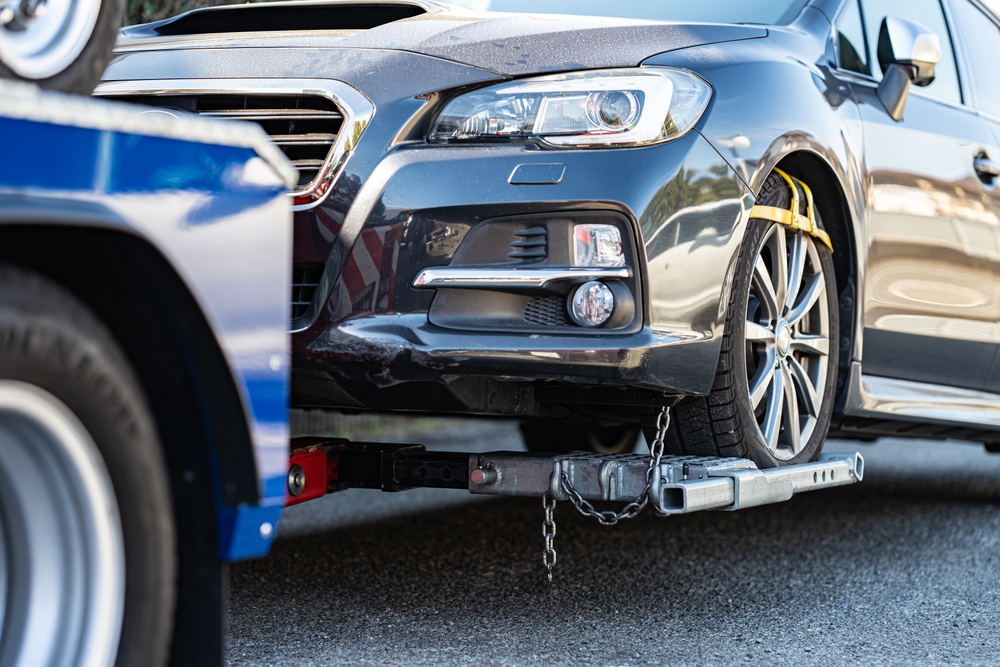About 100 beachgoers had to be rescued from rip currents Sunday at beaches in Florida's Volusia County.
"Lifeguards and safety officers were in the water all day saving swimmers of all ages by pulling them to shore. At least 100 people needed rescuing." (Via WFTV)
This news is startling, especially considering Daytona Beach and New Smyrna Beach are packed to capacity with people from all over the country for Memorial Day weekend. (Via Flickr / Claudia Y. Ros)
But Florida lifeguards are used to the dangers rip currents bring. Last August, CNN says lifeguards at Miami Beach had to make 50 rescues in one day.
WTVT spoke with a surfer who felt the effects of the rip currents firsthand.
"I just went out swimming, and the last couple days it's just been pushing so far to the left. I wake up, and then the current is switching to the right. It keeps switching off and on."
So what exactly is a rip current? NBC breaks it down for us.
"Rip currents are powerful, narrow channels of fast-moving water caused by shifting sands that move at speeds of up to 8 feet per second, faster than an Olympic swimmer."
And it seems the threat of rip currents is often present around this holiday weekend.
Miami Herald reports this time last year, a 15-year-old boy drowned after being pulled into a rip current at Dania Beach in Florida. At the time, there was no lifeguard on duty.
There are a couple ways to spot a rip current from the beach. Be on the lookout for areas where the ocean water isn't the same color as the rest or where it breaks in the incoming waves.
Wearing polarized sunglasses makes it easier for beachgoers to spot these rip current indicators. (Via Flickr / CLTSTYLE)
But if you do end up getting caught in a rip current, the National Oceanic and Atmospheric Administration advises you to remain calm and not fight the current. You should instead swim parallel to the shore. The rip current risk still remains high for Volusia County beaches Monday.
About 100 deaths occur each year from rip currents. To remain safe, NOAA also says you should always swim in front of a lifeguard tower and if there is no lifeguard on duty, don't go in the water.











